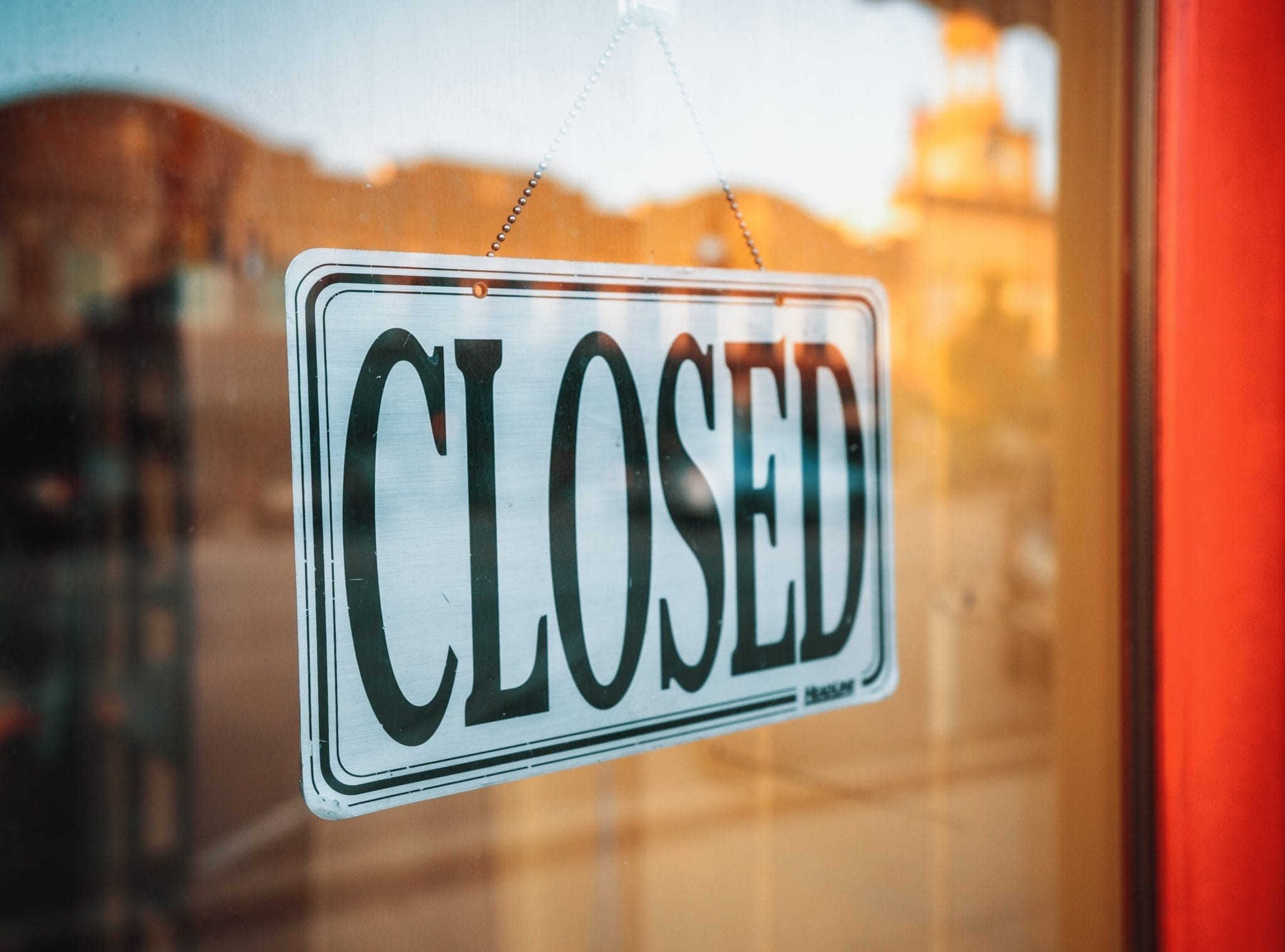As more and more brick-and-mortar stores close their doors, e-commerce giants like Amazon continue to expand. Amazon stock is now worth almost $2,000 per share (a growth of over 29 percent so far during 2019) and their ever-expanding employee base proves there are no signs of stopping.
The point?
E-Commerce is Changing the Retail Landscape
A fundamental shift is underway in the retail industry, driven by technology and nurtured by a generational shift in our relationships with it. Retail is facing a transformation as profound as the move from whale oil to gas to electricity, from horses to cars, from paper to PCs, the Internet and smartphones.
In many ways, the seismic shift in retail is a slow motion earthquake. Differing shopping habits of Boomers, GenX’ers, and Millennials slow the transition from brick to virtual stores. There are also some characteristics of the shopping experience that technology can’t duplicate which further slows e-commerce adoption. In other words: some experiences are still better in brick-and-mortar stores.
For example, e-commerce clothing purchases generate high return rates because of size, color, and other aesthetic qualities. In the grocery sector, fresh produce, meat, and dairy represent a complex set of challenges for both picking and delivering satisfactory products to consumers. Digital marketplaces are currently not capable of addressing these issues sufficiently.
Fortunately, technologists are addressing these challenges with artificial intelligence, augmented and virtual reality, algorithms arising from scientific observation and data crunching, Big Data, Business Intelligence, robotics, drones, and countless other technical innovations. The future of retail is tech, whether online or in a store.
Shopping Habits Aren’t Changing, Shopper Preferences Are
The need to shop and buy is not waning any more than the need for light from torch to LED. But the experience of shopping in a physical store is facing a major redo in the context of web, mobile, social, and other media through which consumers interact with brands and goods. Brick-and-mortar stores are no longer the gold standard among retail. Rather, they are one option among many.
For bricks-and-mortar stores to thrive, they must offer something unique that cannot be reproduced in other channels. Retailers must reinvent physical retailing as online technologies continue to encroach. Furthermore, retailers must be synergistic because treating the problem as bricks versus e-commerce instead of bricks and e-commerce is unproductive.
One clue to the future may lie in the fact that the smallest and largest retailers are doing fairly well in this environment; bespoke and specialty versus massive economies of scale and one-stop-shopping. Unfortunately, it’s the mid-sized retailer that seem to be suffering most.
One thing is certain: technology will continue to play a starring role in the digital transformation of retail.
What’s your take on the e-commerce landscape? Comment below to let us know.
